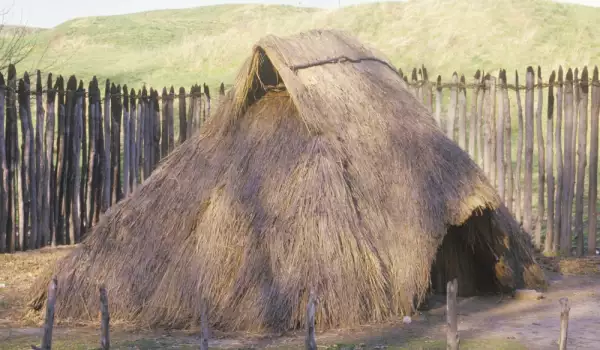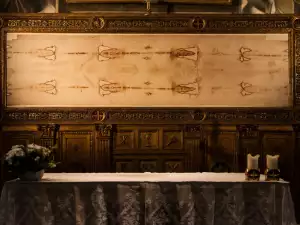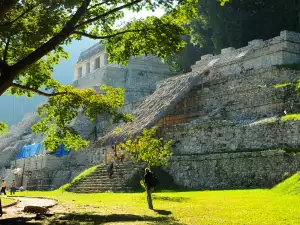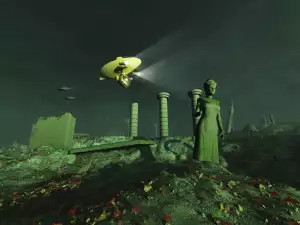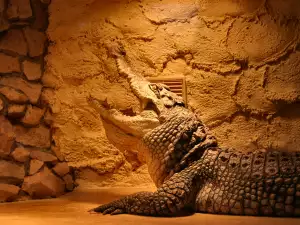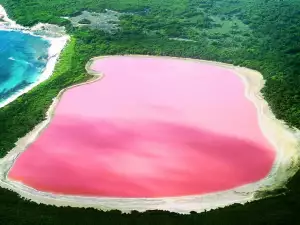Cahokia is one of the largest ancient Native American cities, located in the Southwest part of the state of Illinois, near St. Louis in neighboring Missouri. The site has been labeled as a World Heritage Site. Until the 5th century AD, the area was uninhabited, after which it was gradually settled by Native Americans, who used the land for farming.
Based on archaeological finds, the city of Cahokia was inhabited around 700–1400 AD. In around 1050–1200, the city covered nearly 6 square miles with about 20 000 people living in it, reaching its peak in the 13th century. Over time, 120 mounds were built, arranged in rows, with the largest of them reaching 10 stories high.
The digs showed evidence that indeed, quite a lot of people lived there and that everything was built in a short period of time. There is even sufficient evidence for human sacrifices in one of the mounds. The remains of 53 women and 4 beheaded men were discovered. The agricultural fields were situated outside the city.
It is believed that the settlement received its current name after French settlers in about 1699.
Its fate throughout the years requires further investigation but from recent such, it is presumed that the gradual evacuation of the area began after 1200 AD, and at around 1400, it was completely abandoned.
But where all those people went still remains unclear. Archaeologists suggest a depletion of the natural resources due to climate changes, which left the people without sustenance. The spread of diseases, conflicts and wars might have also played a part.
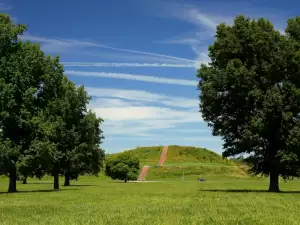
According to the latest research, a great flood of the Mississippi river became the cause for the disappearance of one of the first cities in North America. Samuel Munoz, a geographer from the University of Wisconsin-Madison explains that an uncovered 7 1/2″ (19 cm) layer of mud, dating to around 1200 AD, is proof of the flood which laid waste to the livelihood and homes of about 15 000 people.
The data indicates that Cahokia was abandoned after 1350 and that the water disaster of the Mississippi was probably responsible for the exodus from the region.
It was the most important meeting point for the people known as the Mississippians. The city had valuable raw materials, such as quartz, which was used to make agricultural tools. It was also located in a strategic place, near the point where 3 rivers converge - the Mississippi, Missouri and Illinois.
From 1976 on, the site has become a protected area, archaeological research has begun, as well as awareness of the public through lectures on the history of the city and currently it is also a popular tourist destination.
In 1982, the settlement was officially named an American National Historic Site.
